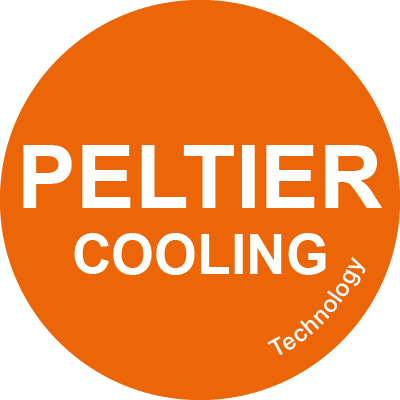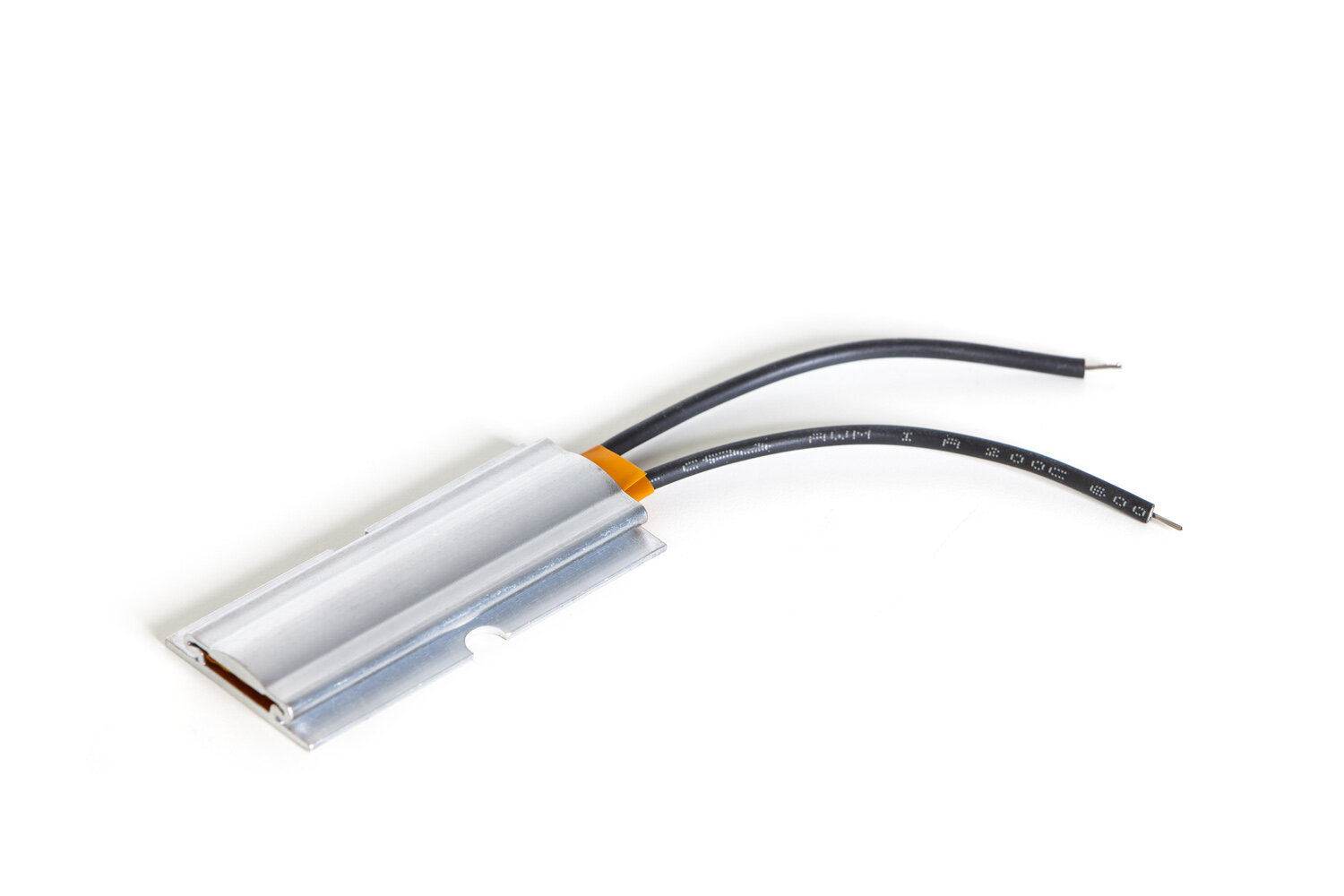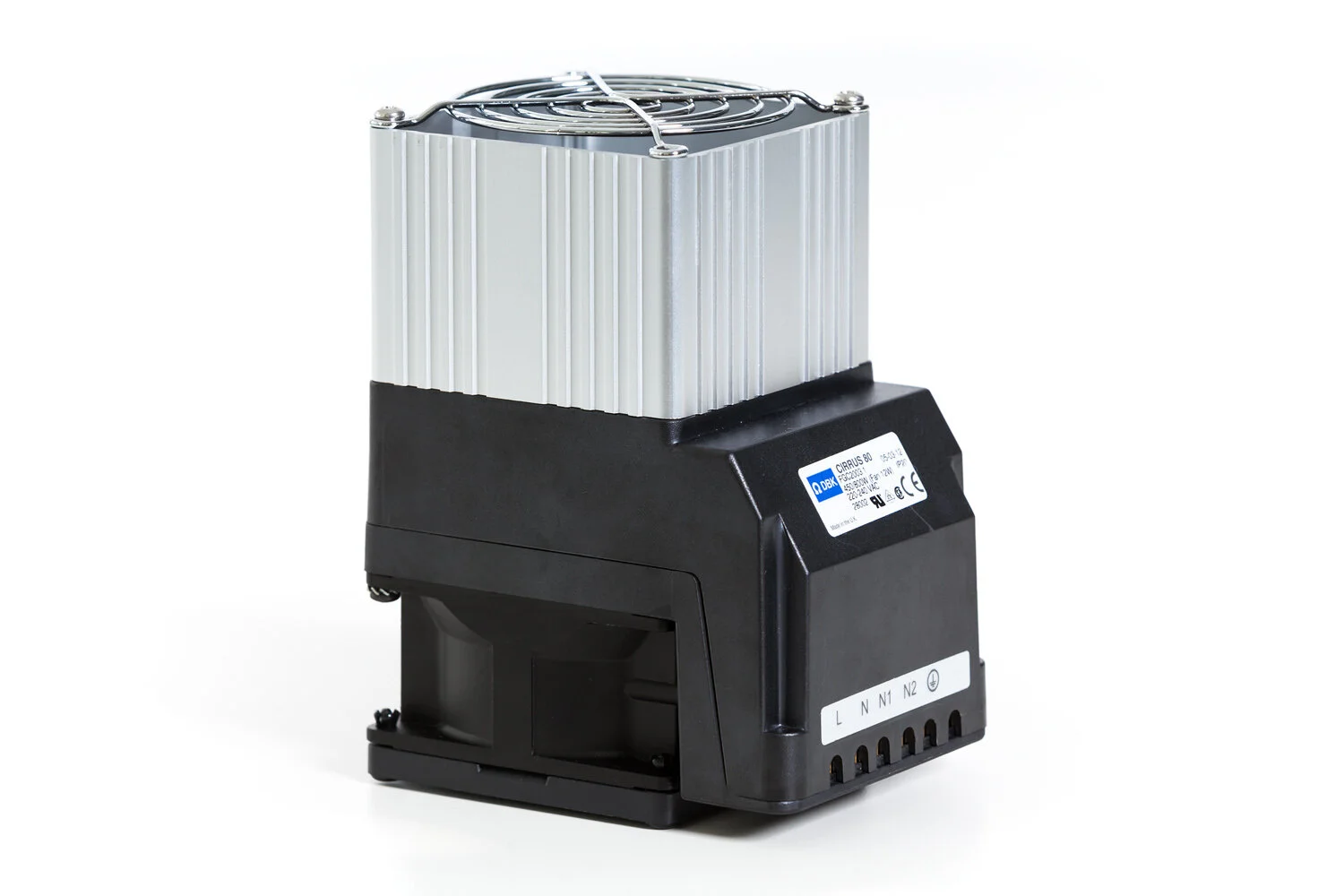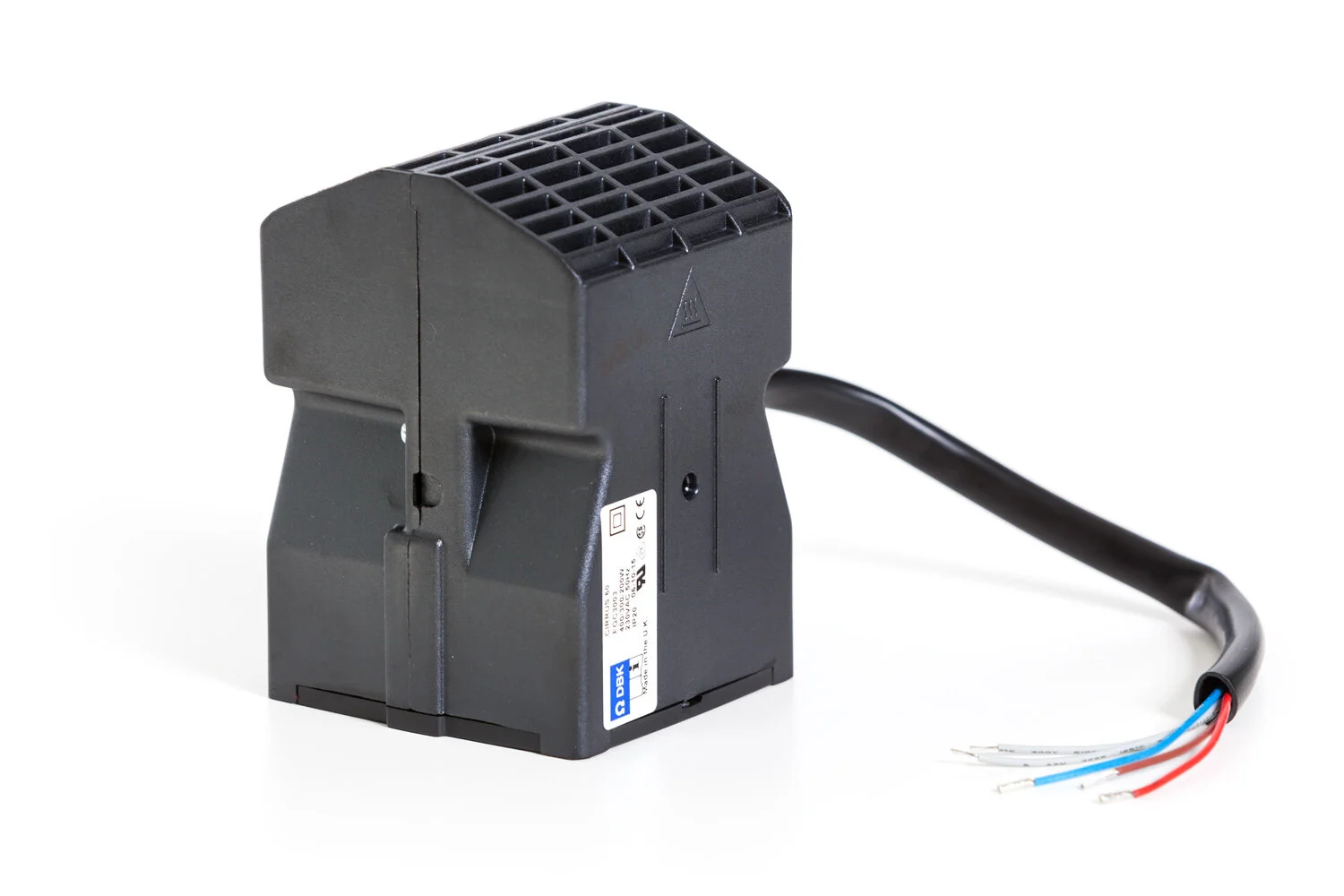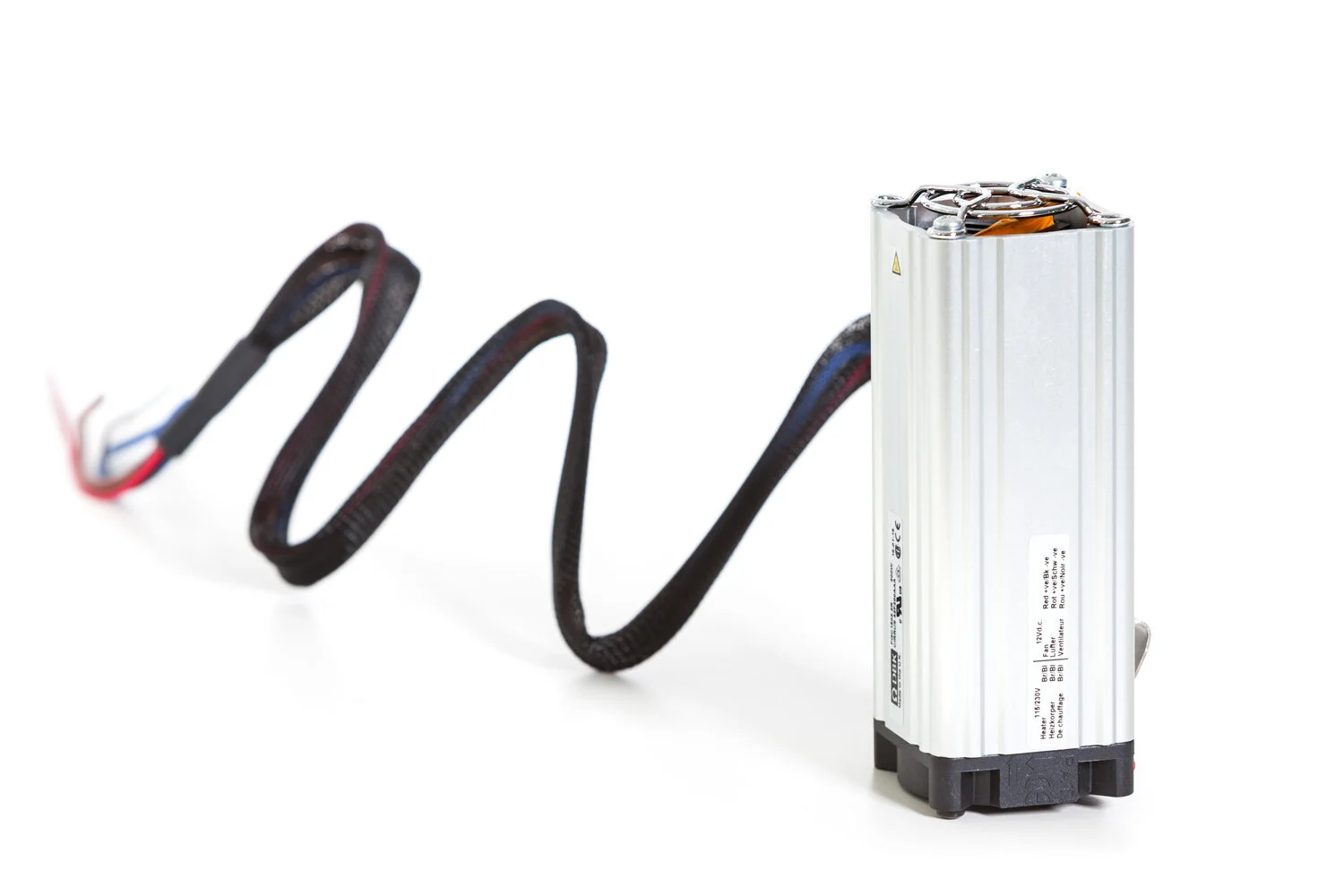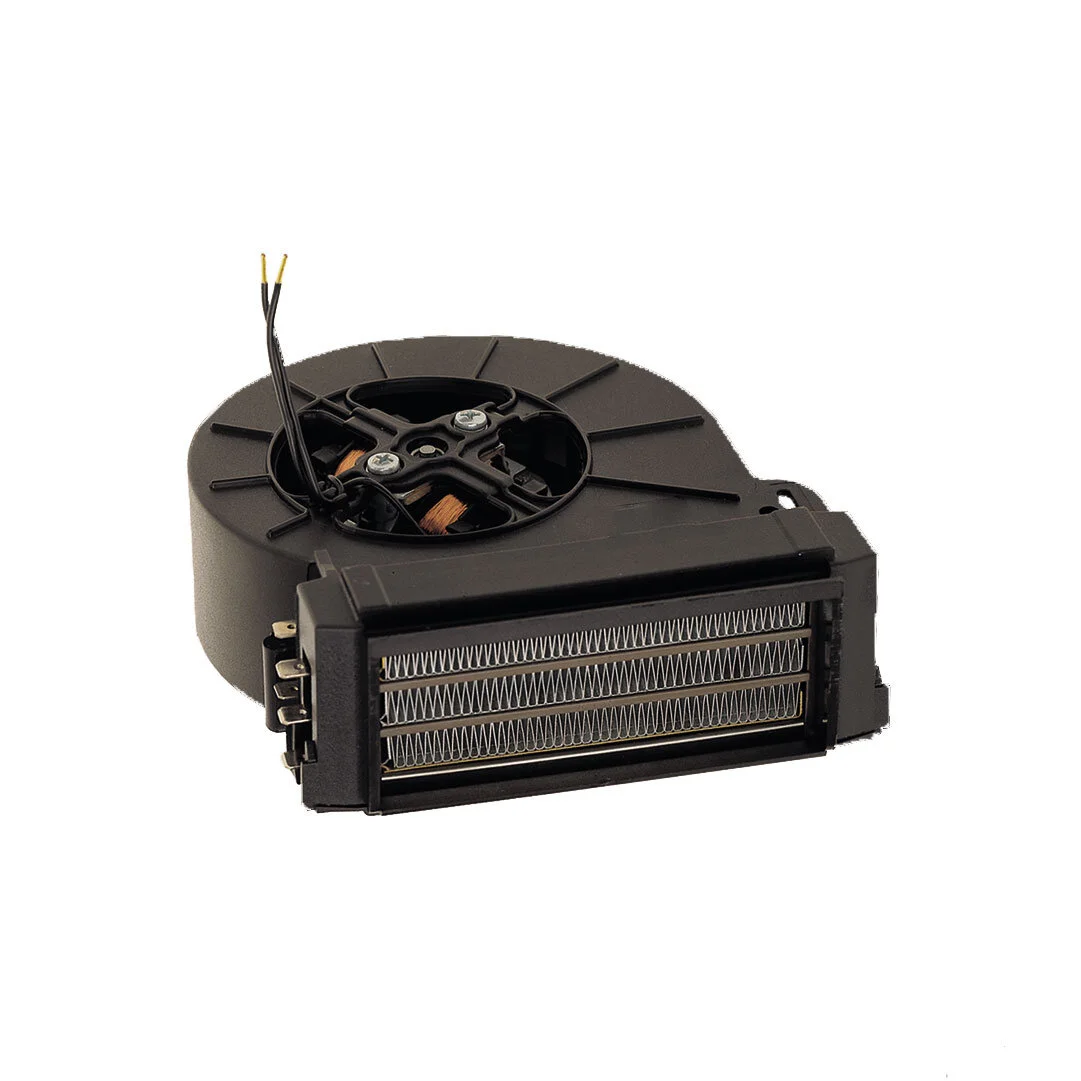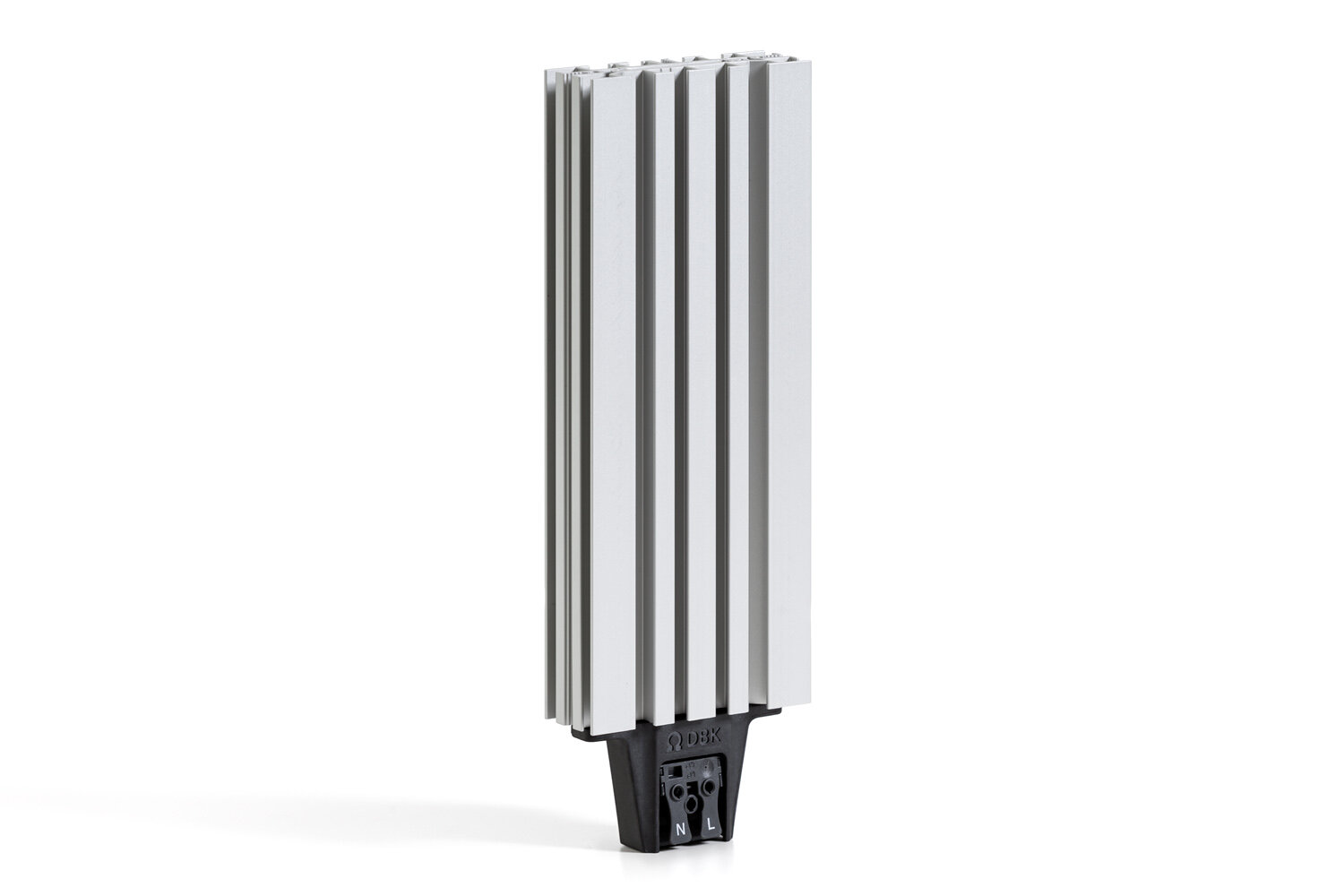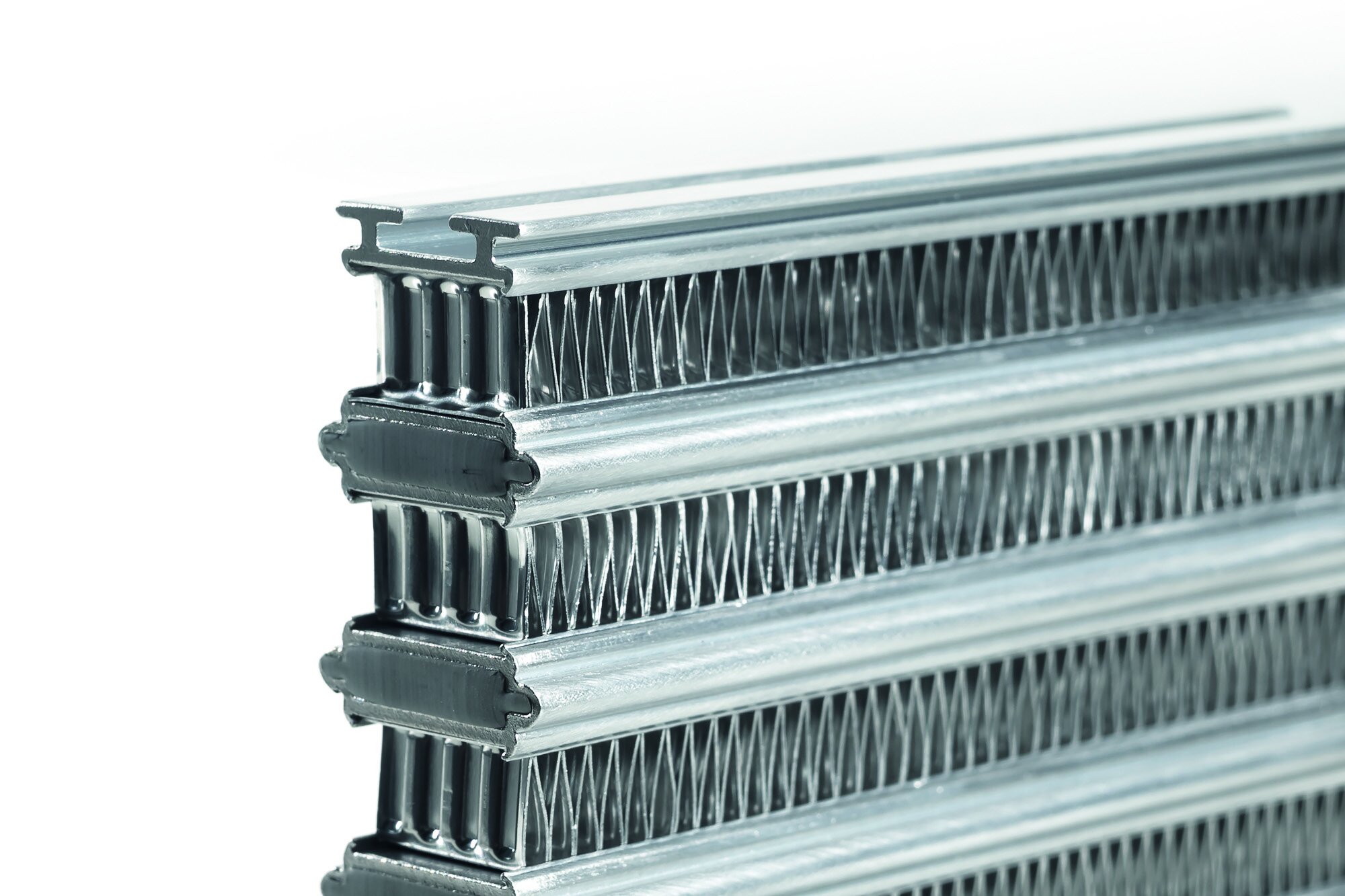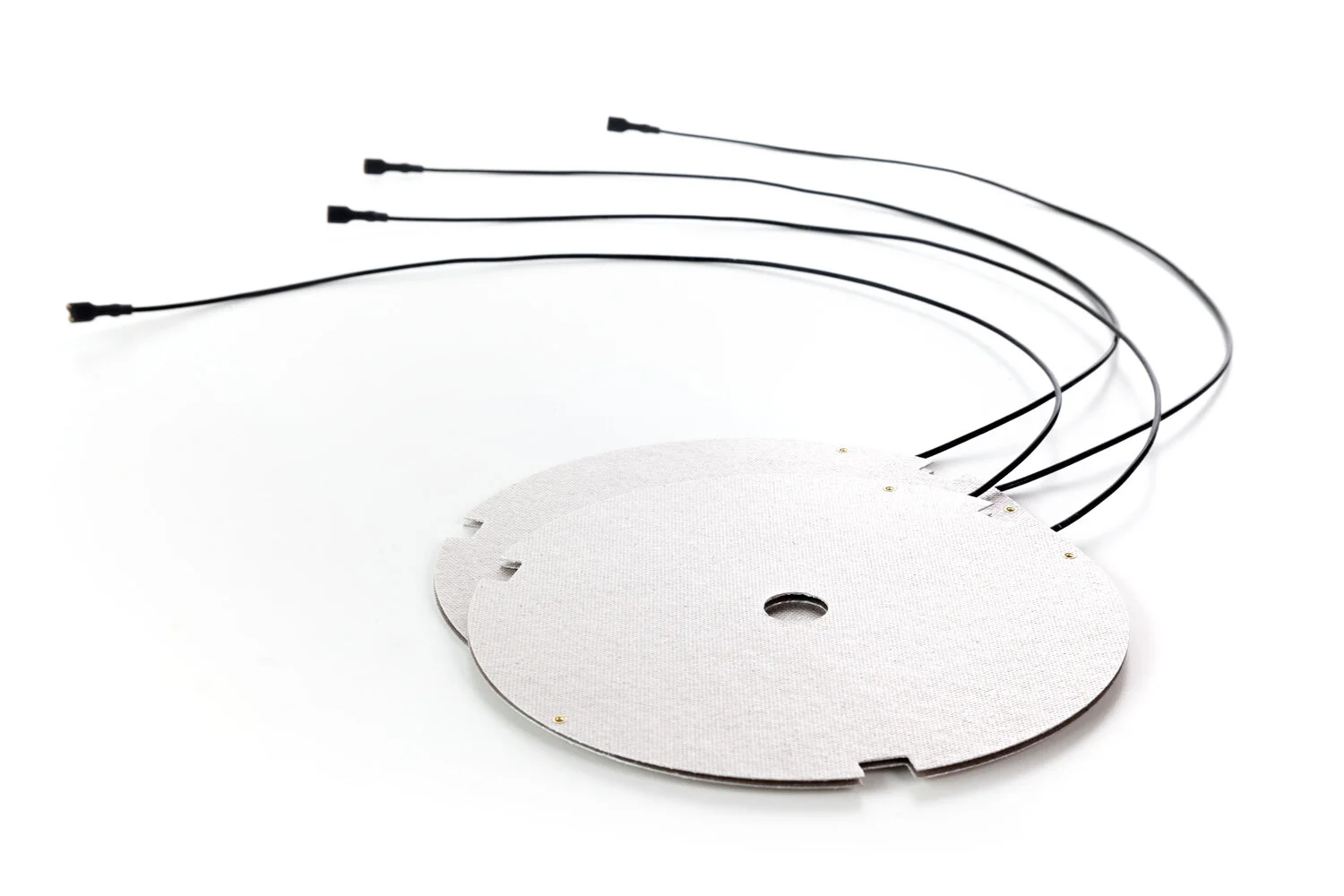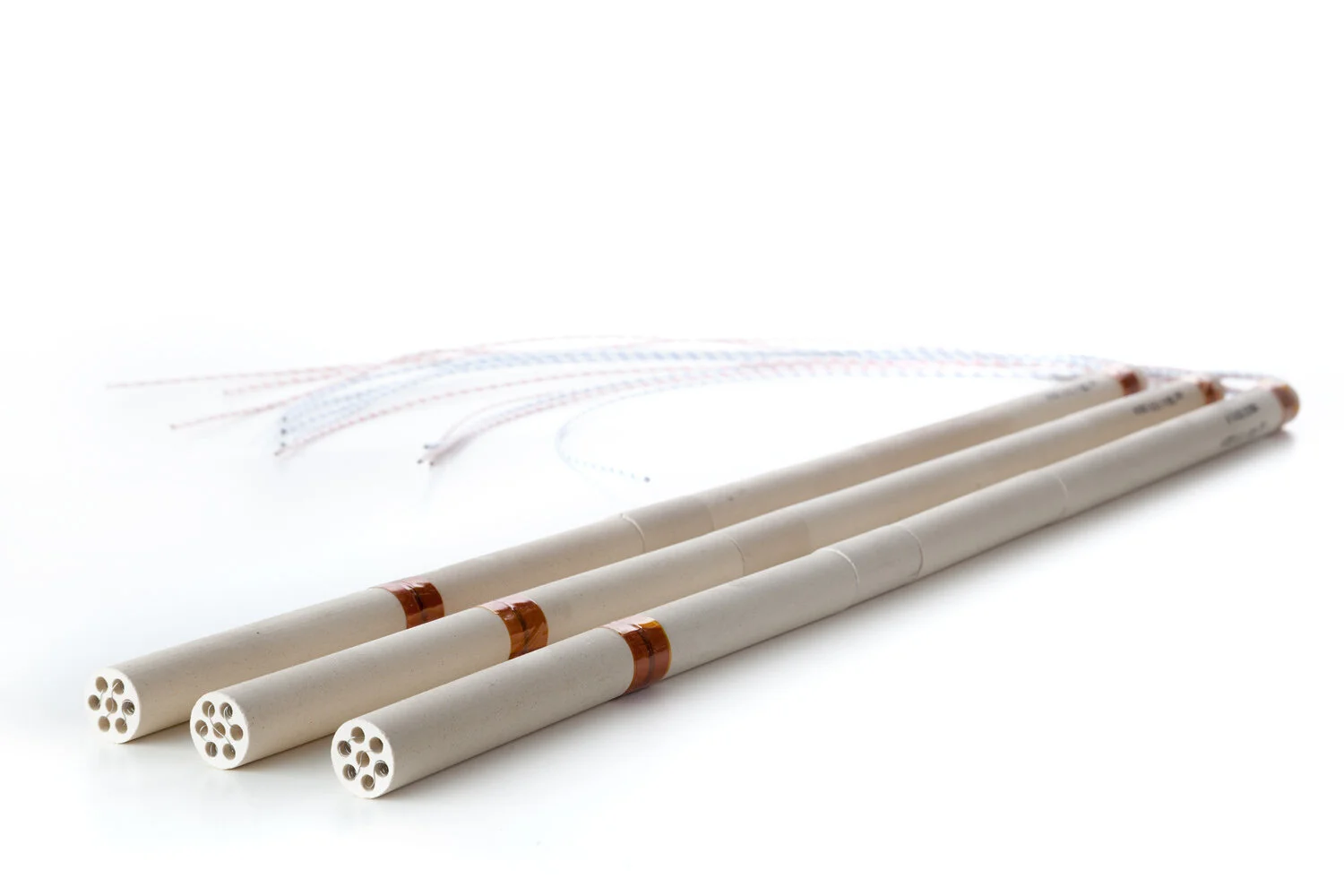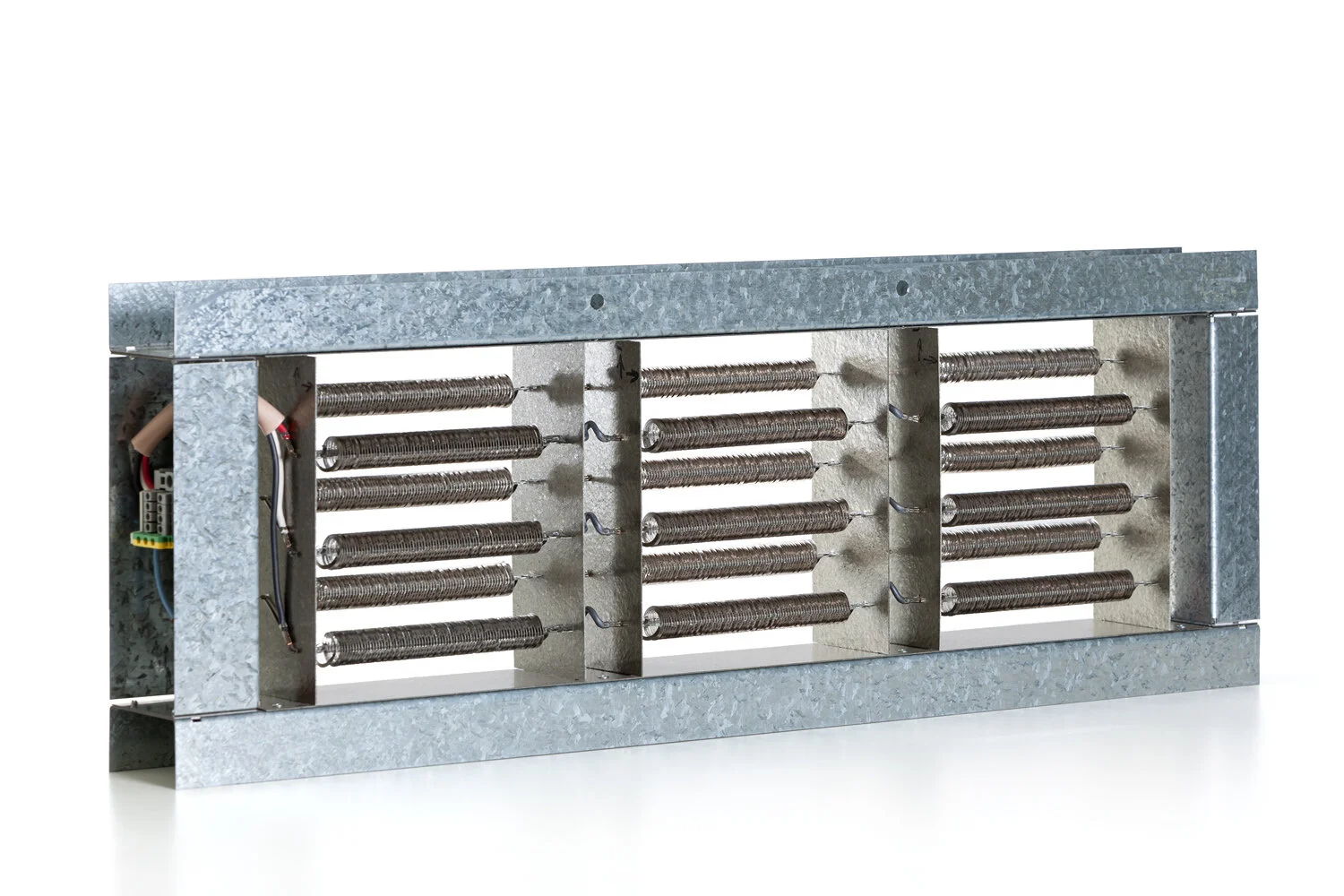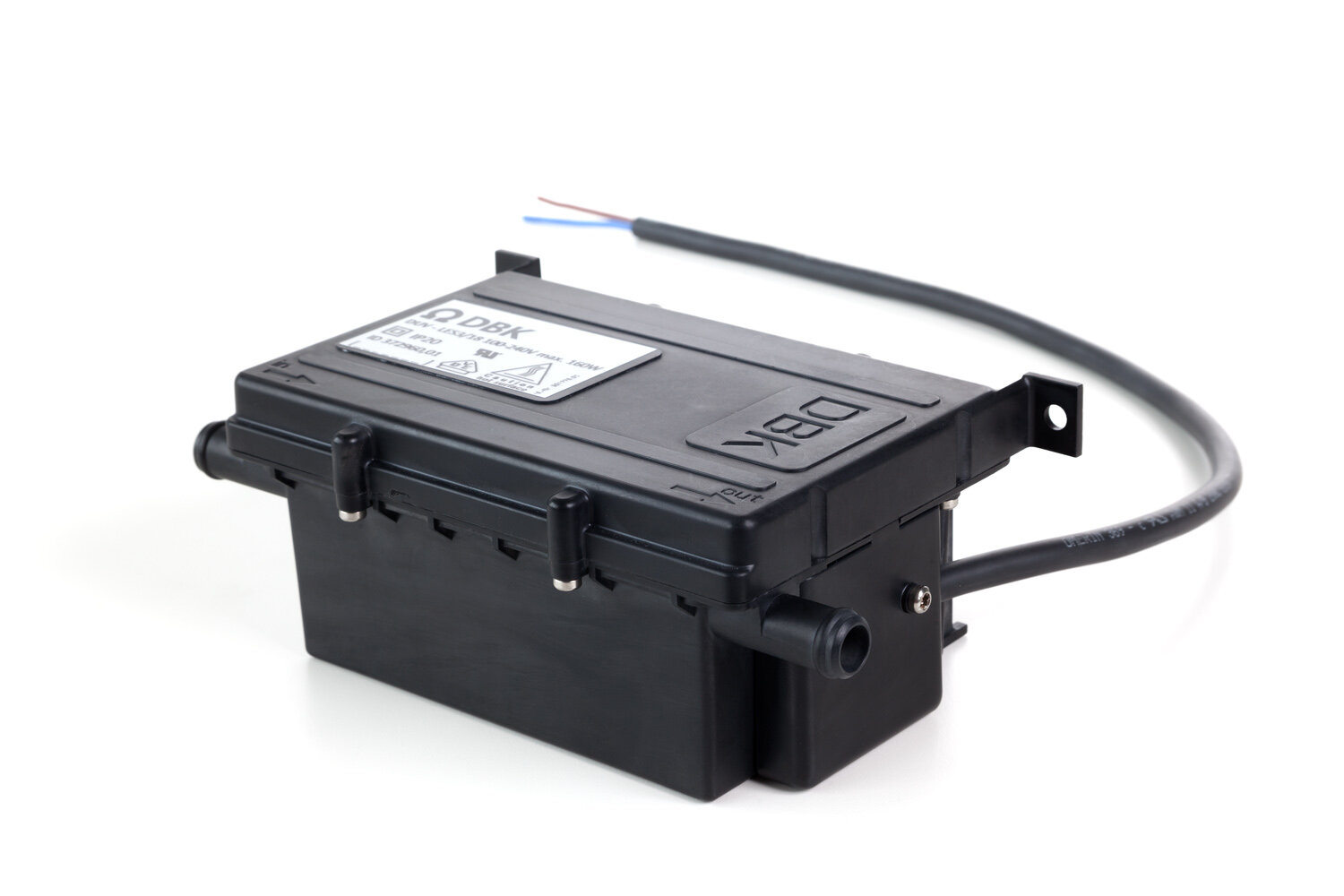What does ITM stand for?
ITM is short for Industrial Thermal Management and stands for DBK's business unit that focuses on industrial solutions.
The ITM division is represented in several countries. Who is my contact person?
Our ITM team in the UK is responsible for industrial customers from UK, Ireland, Australia, India and Souch Africa . More information on the contact page.
Where can I find technical data and data sheets?
All technical data (data sheets, drawings, approvals) can be found on the respective product page and can be downloaded there.
Which solution is best for my application?
The design of a heating or cooling solution depends on many factors - e.g. on the medium to be tempered, and the temperature difference. We are happy to do the calculations for you. Just give us some basic data and we will take care of the rest! Send us an enquiry
What approvals / certifications do the products have (e.g. VDE, UL)?
The approvals or certifications of a product are documented on the data sheet and the product page.
I couldn’t find what I need. Do you also offer solutions with custom power / voltage rating?
Yes - custom solutions are our specialty! Our engineers developed countless individual solutions for customers with all kinds of applications - from modified standard to patented new developments. Learn more
What is Drymatic?
Drymatic is an innovative drying system for water damage restauration in buildings. Learn more
How can I apply for a job at DBK?
You can find all information on careers and open positions on our career website (available in German only).
Where can I learn more about the DBK Group?
All information about the DBK Group can be found on our corporate website.
Who should I address my complaint / query to?
The best person to contact is your sales contact as this is where all customer information comes together. He/she will make sure that your complaint will be processed as quickly as possible by our quality management.
I need a spare part, who should I contact?
Please contact the manufacturer of the device/module in which the heating element is installed.
What is the frequency of the newsletter?
Our newsletter is published once every three months and contains exciting information on new products, technologies, application fields and tradeshow events. In addition, we send out a digital Christmas Card in December.



